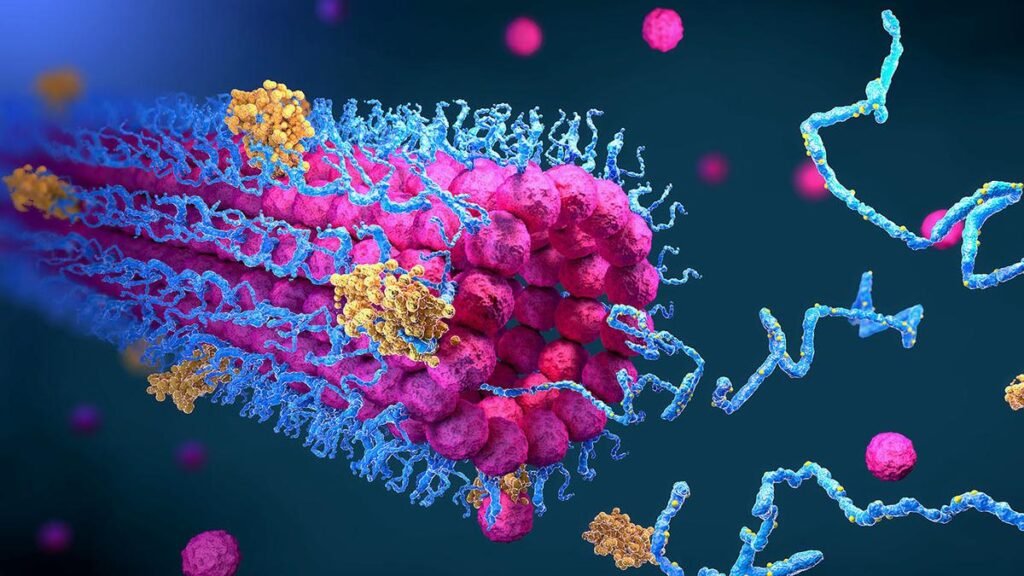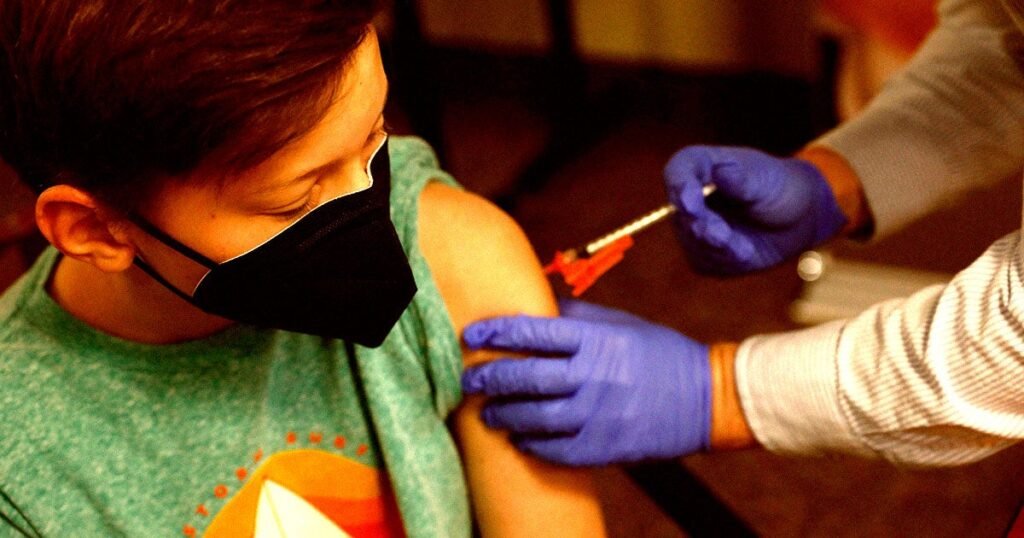Now Reading: What’s the Latest News on Adverse Childhood Experiences?
-
01
What’s the Latest News on Adverse Childhood Experiences?
What’s the Latest News on Adverse Childhood Experiences?

Despite growing awareness of the negative health outcomes associated with adverse childhood experiences (ACEs), concerns remain. Recent research underscores troubling trends and the need for greater preventive and healing initiatives.
Forecasted ACEs Prevalence Is Rising
Research (Swedo et al., 2023) using nationally representative data collected by the Centers for Disease Control and Prevention (CDC) between 2011 and 2020 from adults in all 50 states, the District of Columbia, and three U.S. territories found that 63.9 percent of adults reported at least one ACE, and 17.3 percent reported four or more.
However, in the first national prevalence study of self-reported ACEs among U.S. high school students under age 18, using nationally representative 2023 data collected by the CDC, the prevalence of ACEs in high school students exceeded those reported by adults (Swedo et al., 2024). This study found that 76.1 percent of students reported one or more ACEs; 18.5 percent reported four or more.
The most common ACEs were emotional abuse and physical abuse. Those reporting four or more ACES had a significantly higher prevalence of overweight or obesity, among other health conditions. Findings also suggest that nearly 90 percent of attempted suicides in this population would be eliminated if ACEs were prevented.
What is interesting in the two studies described above is that the researchers only assessed eight of the original 10 ACEs used in prior studies, suggesting that prevalence rates might be even higher than those reported.
Other research (Hartwell et al., 2023) reported that people born before or in 1940 reported an average of less than one ACE, while people born in 1998 reported an average of 2.74 ACEs. People born after 2018 are projected to average more than three ACEs.
Prevalence of Verbal Abuse Is Increasing
A study of over 20,000 adults (Bellis et al., 2025) found that verbal abuse is rising and now poses a greater risk than physical abuse. Children who were ridiculed, threatened, or humiliated by a parent or guardian had a 64 percent higher risk of poorer mental health as adults, compared to a 52 percent increased risk from physical abuse. Note that emotional abuse was the most common ACE found in Swedo et al. (2023), yet policies and initiatives have generally focused on preventing physical abuse, while often overlooking the impacts of verbal abuse.
The Prevalence of Cyberbullying Is Rising
Cyberbullying now affects a majority of teens, with many who are exposed developing PTSD-like symptoms, such as flashbacks, emotional numbness, hypervigilance, avoidance (such as skipping school to avoid bullies; withdrawing from people and social activities), self-injurious behavior, suicidal thoughts, insomnia, nightmares, anxiety, and depression. In a nationally representative sample (Hinduja and Patchin, 2025), 53.9 percent of U.S. teens aged 13-17 reported experiencing cyberbullying in the last 30 days. No type of cyberbullying, whether exclusion, rejection, overt threats, gossip, or malicious comments, proved more detrimental than another as far as producing traumatic responses. The dangers of cyberbullying to teen mental well-being have prompted calls for characterizing cyberbullying as an ACE.
Even One ACE Matters
A national study of over 10,000 children aged 6 to 17 found that just one ACE, compared to none, can increase the odds of any health-related absenteeism 1.5 times and the odds of health-related chronic absenteeism nearly 2.5 times. Each additional ACE raises the odds of health-related chronic absenteeism by about 25 percent (Tsevat et al., 2025).
ACEs Impacts Appear in Early Adulthood
A large study (Ratcliff et al., 2025) of about 930,000 U.S. youth born between 1999 and 2003 found that ACEs elevate risks of felony charges, teen parenthood, poverty, housing assistance use, Medicaid enrollment, and lower educational attainment in young adults aged 18 to 22, especially in those with multiple ACEs. The estimated lifetime societal cost of ACEs-related poor health in the U.S. is about 2.4 million dollars per affected person.
More Evidence That ACEs Have Intergenerational Effects
Research, mostly with mothers, has shown that ACES can deleteriously impact offspring. However, a recent study (Grafft et al., 2025) found that fathers who report at least four home-based ACES pass on a 71 percent higher risk of behavior problems to their young children. It may be that intergenerational effects can be explained by parental modeling and/or epigenetic changes (epigenetic changes affect gene expression).
A landmark study (Mulligan et al., 2025) found that exposure to severe war-related violence in Syrian refugees (i.e., massacre in the town of Hama carried out by the Syrian regime; civil war) led to epigenetic changes across three generations. These changes were found in pregnant women who were directly exposed, children who were exposed in-utero, and grandchildren of exposed women—even when the grandchildren were not exposed to war violence directly or in-utero. Furthermore, evidence of accelerated epigenetic aging was found in children with prenatal exposure to war violence (i.e., during in-utero development). This study builds on animal studies and shows that epigenetic changes are passed on for at least three generations in humans.
Neglect Is Widespread and Uniquely Harmful
Childhood neglect is the most prevalent form of maltreatment globally. A recent, large, nationwide study focused on adults who had experienced neglect but not physical or sexual abuse, using data collected by the CDC (Zhang et al., 2024). Childhood neglect was characterized by having household adults who consistently failed to meet their basic childhood needs. Childhood neglect was associated with chronic physical conditions, disabilities, mental health disorders, and harmful health behaviors, like smoking and little physical activity.
However, the presence of a protective adult diminished the association between neglect and adult health outcomes. In fact, adults who experienced neglect but had a supportive adult in their lives reported less depression than those who did not experience neglect. The findings suggest that positive relationships can foster resilience in adulthood. The researchers hypothesized that the health of those who were neglected and emotionally abused would be worse than that of those who were neglected due to household poverty, but were in a warm and loving home environment. This research provides a ray of hope: a single supportive adult can make a huge difference in the lives of children.
Takeaways
This research reinforces the call for greater efforts to solve the challenges posed by ACEs. Such initiatives include:
- Leading people to cost-effective professional and/or self-managed treatments for unresolved wounds from childhood (see Schiraldi, 2021). This applies to both adults and children. Effective treatments for children might prevent childhood symptoms from becoming chronic problems in adolescence and beyond.
- Leading people to parenting skills that facilitate close, supportive relationships within families and build responsible, resilient children.
- Leading parents and children to resources that teach coping and emotional regulation skills.
- Connecting youth to caring adults, which has such a profound influence for good in children.

















































